Azure Blob Storage: Hidden Gem of Cloud Storage Solutions
ProjectPro
JUNE 6, 2025
Unlock the power of scalable cloud storage with Azure Blob Storage! This Azure Blob Storage tutorial offers everything you need to know to get started with this scalable cloud storage solution. By 2030, the global cloud storage market is likely to be worth USD 490.8




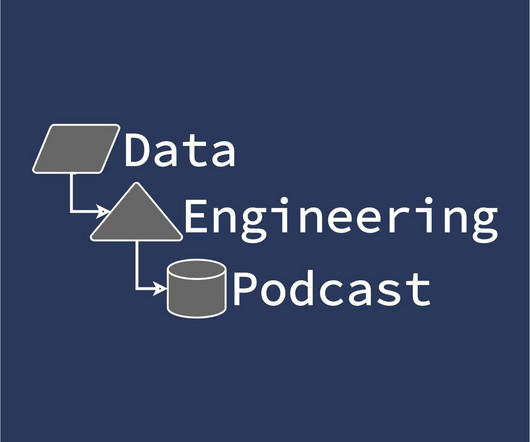



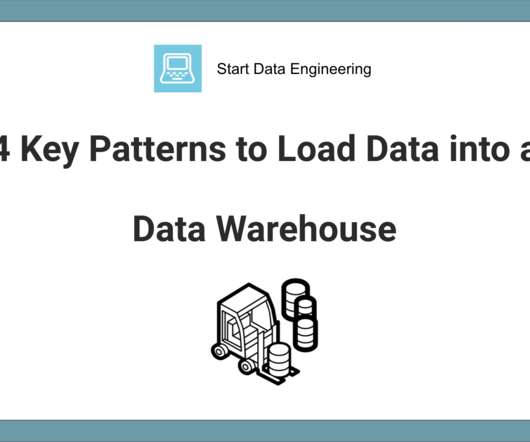


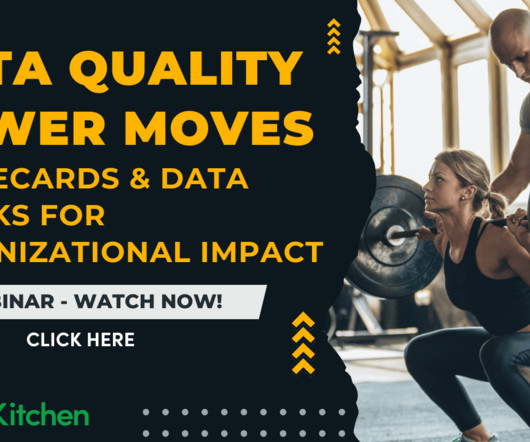







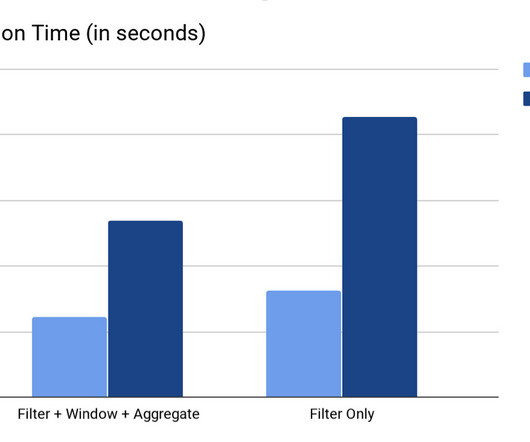

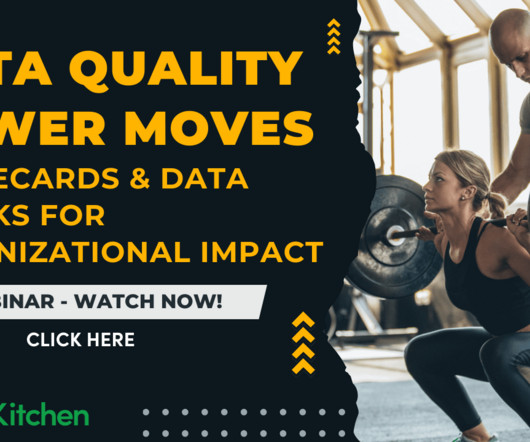





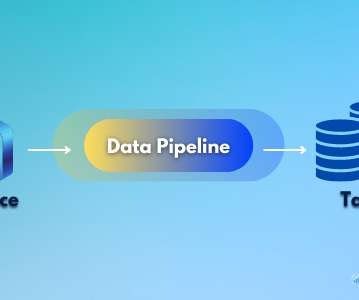
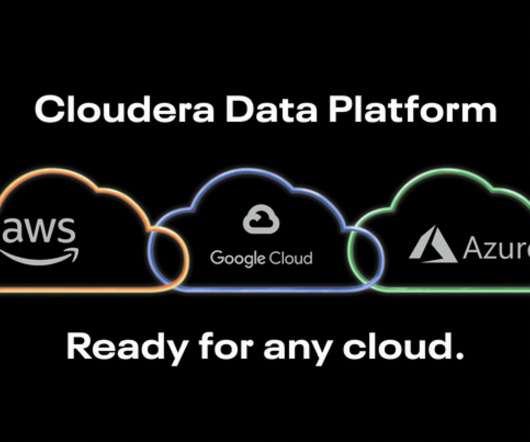


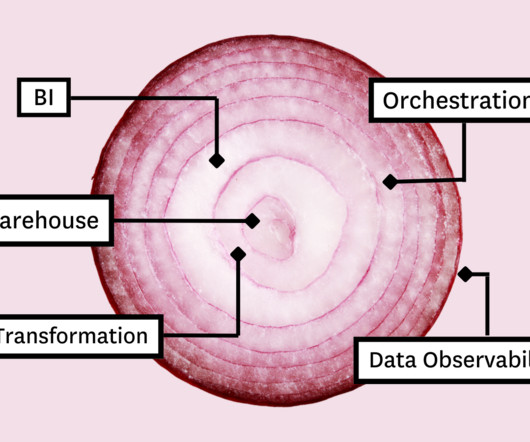






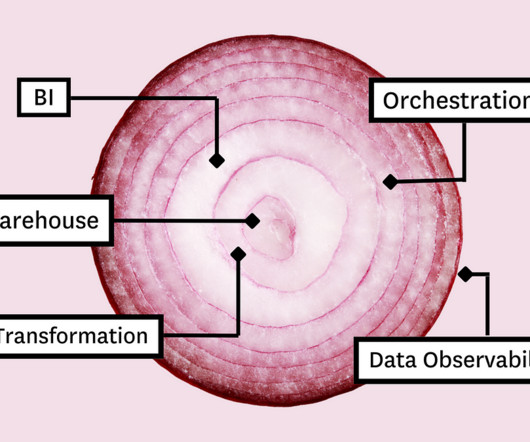






Let's personalize your content